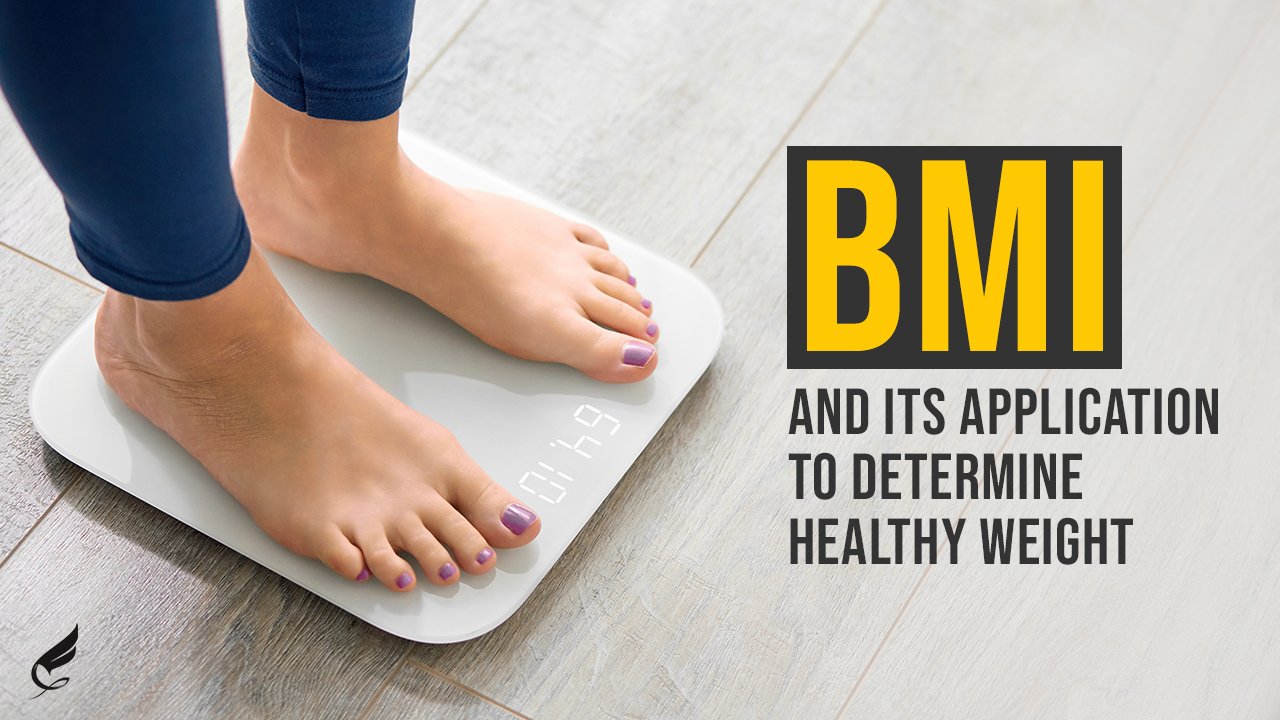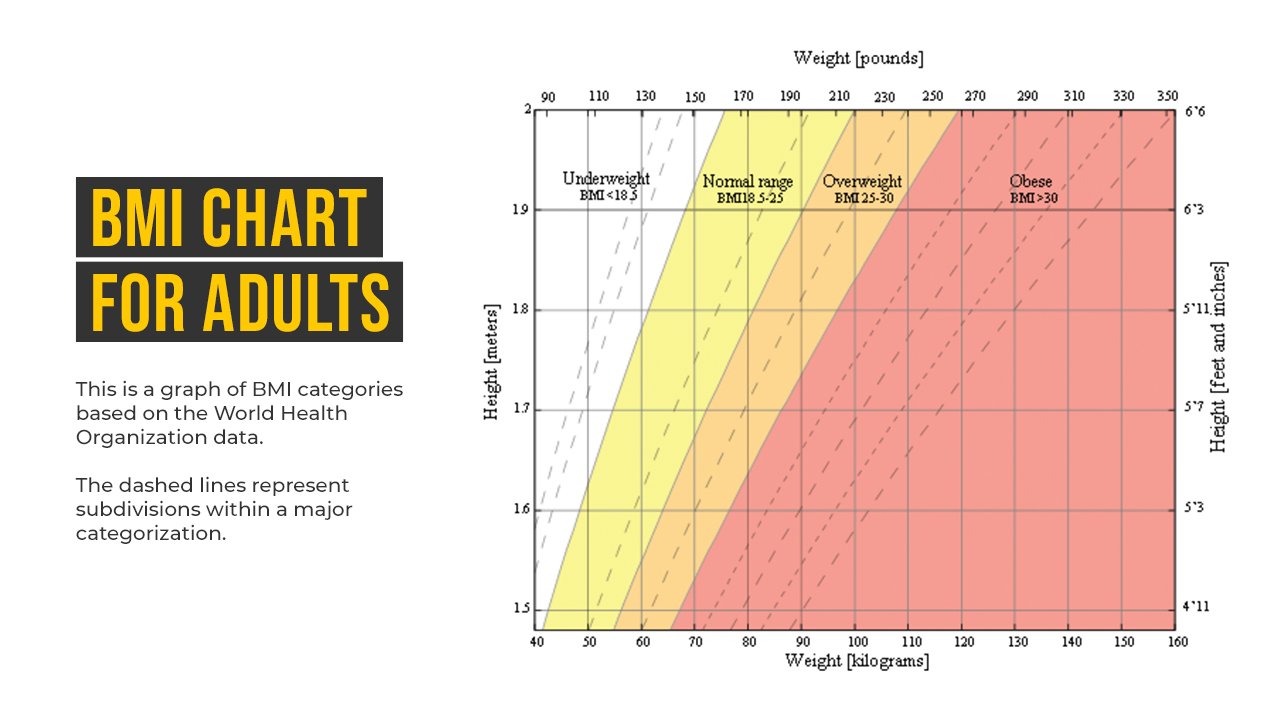BMI Calculator: Understanding Your Body Mass Index
Are you curious about your Body Mass Index (BMI) and what it means for your health? In this comprehensive guide, we'll explore the history and meaning of BMI, how to calculate it, and its limitations and benefits as a health assessment tool. We'll also discuss alternative methods for measuring body fat and provide expert insights from Fortius Dubai, the leading fitness experts in the Middle East.
-
Calculate Your BMI: A Simple Step Towards Health Awareness
Beyond BMI: Unveiling the Limitations of this Health Metric
The BMI and Health Risks: What Does the Science Say?
Beyond the Scale: Additional Tools for Accurate Body Composition Assessment
The Personal Trainer's Toolkit: Essential Assessments for Client Success
The BMI Debate: Addressing the Elephant in the Room
Your BMI Questions Answered: Expert Insights
Conclusion: Empowering Your Health Journey with Knowledge
1. Calculate Your BMI: A Simple Step Towards Health Awareness
The Body Mass Index (BMI) is a widely used tool to assess whether an individual's weight is healthy in relation to their height. It's calculated by dividing a person's weight in kilograms by their height in square meters. The resulting number falls into one of several categories, each with its implications for health and well-being.
BMI Categories:
Underweight: BMI less than 18.5
Normal weight: BMI 18.5–24.9
Overweight: BMI 25–29.9
Obesity: BMI 30 or greater
While BMI provides a general indication of body fatness, it's essential to remember that it's not a perfect measure. It doesn't directly assess body composition; factors like muscle mass and bone density can influence the results. However, BMI remains a valuable tool for screening and identifying potential health risks associated with weight.
How to Calculate Your BMI
Calculating your BMI is simple. You can use either of these methods:
Metric Formula: BMI = weight (kg) / height (m)²
Imperial Formula: BMI = (weight (lbs) x 703) / height (in)²
Alternatively, you can use various online BMI calculators, including the one provided by the Centers for Disease Control and Prevention (CDC). The BMI is calculated by dividing a person's weight in kilograms by their height in meters. A score of 25 or more indicates that a person is obese, while a score of 18.50-24.99 indicates that a person is overweight. A score below 18.50 means that a person is underweight.
2. Beyond BMI: Unveiling the Limitations of this Health Metric
While the BMI is a widely used tool for assessing body fatness and potential health risks, it's essential to recognize its limitations. The BMI is a simple calculation based on height and weight, and it doesn't account for crucial factors that can influence an individual's health status.
-
The BMI doesn't differentiate between muscle and fat mass. This means highly muscular individuals might have a high BMI, even with low body fat percentages.
-
Research suggests that BMI might not be equally accurate across different ethnicities and genders. For example, Asian populations tend to have higher body fat percentages at lower BMIs compared to Caucasian populations, increasing their risk of health issues even within the "normal" BMI range.
-
The BMI doesn't consider age or hormonal fluctuations, which can influence body composition and health risks.
-
The BMI doesn't account for how fat is distributed in the body. Central obesity, or excess fat around the abdomen, is associated with higher health risks than fat stored in other areas.
Despite these limitations, the BMI remains a valuable screening tool for assessing potential health risks associated with weight. However, it's crucial to interpret BMI results in conjunction with other health indicators, such as waist circumference, body fat percentage, and overall lifestyle factors.
The ongoing obesity epidemic underscores the need for a comprehensive approach to health assessment. While helpful, BMI is just one piece of the puzzle. By combining it with other measures and considering individual factors, we can better understand an individual's health status and develop personalized strategies for achieving optimal well-being.
3. The BMI and Health Risks: What Does the Science Say?
While BMI has limitations, it's important to acknowledge its strong correlation with various health risks. Scientific data clearly shows that as BMI increases, so does the likelihood of developing certain health conditions.
-
High cholesterol: Excess weight can negatively impact cholesterol levels, increasing the risk of heart disease.
Liver disease: Obesity can contribute to fatty liver disease and other liver complications.
Several types of cancer: Obesity has been linked to an increased risk of various cancers, including breast, colon, and prostate cancer.
Diabetes: High BMI is a major risk factor for developing type 2 diabetes.
Arthritis: Excess weight puts additional stress on joints, increasing the risk of osteoarthritis.
High blood pressure (hypertension): Obesity is often associated with high blood pressure, which can lead to heart disease and stroke.
Sleep apnea: Obesity can contribute to sleep apnea, a condition that disrupts breathing during sleep.
The World Health Organization estimates that around 2.8 million people die each year due to obesity-related conditions. This alarming statistic underscores the importance of maintaining a healthy weight and addressing the global obesity epidemic.
4. Beyond the Scale: Additional Tools for Accurate Body Composition Assessment
While BMI offers a helpful starting point, it's essential to incorporate additional tools to understand your body composition and overall health better. Here are some valuable options:
Waist-to-Hip Ratio (WHR)
The waist-to-hip ratio (WHR) is a simple yet powerful indicator of fat distribution. It's calculated by dividing your waist circumference by your hip circumference. A higher WHR indicates a greater fat concentration around the abdomen, associated with increased health risks. The World Health Organization (WHO) recommends a WHR of:
0.85 or less for women
0.90 or less for men
Body Fat Percentage Calculation Using Skinfold Measurements
Skinfold measurements, taken with calipers at specific body sites (like the triceps, subscapular, and suprailiac areas), can estimate body fat percentage. This method requires experience and precision, but it offers a more direct assessment of body fat compared to BMI.
Body Fat Percentage Using Bioelectrical Impedance Analysis (BIA)
Often incorporated into scales, BIA devices estimate body fat percentage by measuring the body's resistance to a weak electrical current. While convenient and relatively affordable, BIA can be less accurate than other methods if hydration levels fluctuate significantly.
The Gold Standard: DEXA Scan
DEXA (Dual-Energy X-ray Absorptiometry) scans are considered the most accurate method for measuring body composition. They provide detailed information on bone mineral density, fat mass, lean body mass, and body fat percentage. However, DEXA scans can be expensive and less accessible than other options.
Pro Tip for Personal Trainers:
When working with clients, ensure consistency in your measurements. To track progress accurately, take them at the same time of day (preferably in the morning) and under the same conditions (e.g., fasting).
By incorporating these additional assessment tools alongside BMI, personal trainers can better understand their clients' body composition and tailor their training and nutrition plans accordingly. This holistic approach leads to more effective and sustainable results, empowering clients to achieve their health and fitness goals.
5. The Personal Trainer's Toolkit: Essential Assessments for Client Success
At Fortius Dubai, we believe in a holistic approach to fitness and health. That's why we utilize various assessment tools to comprehensively understand each client's unique needs and track their progress throughout their transformation journey.
-
Bioimpedance Analysis (BIA): This non-invasive technology provides valuable insights into body composition, including:
Weight
BMI (Body Mass Index)
Basal Metabolic Rate (BMR)
Muscle Mass
Body Fat Percentage
Water Percentage
Anthropometric Measurements: These precise measurements help track changes in body shape and size, including:
Waist-to-Hip Ratio (WHR)
Chest Circumference
Arm Circumference
Glutes Circumference
Thigh Circumference
Progress Photos: Visual documentation of your transformation journey, capturing your progress and motivating you to keep pushing forward.
Performance Tracking: We also meticulously track your performance in the gym, monitoring improvements in strength, endurance, and overall fitness.
6. The BMI Debate: Addressing the Elephant in the Room
The BMI, while a widely used tool, has faced its fair share of criticism and controversy. Some argue that it's outdated, biased, or even harmful, particularly in the context of body image and self-acceptance. Let's address some of these concerns head-on:
The BMI's Origins: It's true that the BMI was developed in the 19th century by a mathematician, not a medical professional. However, it has since been extensively studied and validated as a useful indicator of health risks associated with weight.
The "Healthy at Every Size" Movement: The idea that health can exist at any size is a valid perspective, and self-acceptance is crucial for overall well-being. However, it's important to acknowledge that scientific evidence consistently shows a correlation between higher BMIs and increased risks of various health conditions.
The Limitations of BMI: As discussed earlier, the BMI has its limitations. It doesn't account for individual differences in body composition, muscle mass, or fat distribution. However, it remains a valuable tool for assessing potential health risks associated with weight, especially when used in conjunction with other measures.
The key takeaway is that BMI is a tool, not a definitive judgment of your worth or health. It's essential to interpret BMI results in context and consider other factors like lifestyle, fitness level, and overall well-being.
While it's crucial to love and accept your body, it's equally important to prioritize your health and take proactive steps to address any potential risks associated with excess weight. The goal is to find a balance between self-acceptance and informed decision-making, empowering you to achieve optimal health and well-being.
7. Your BMI Questions Answered: Expert Insights
The relationship between BMI and health can be complex, leading to common questions and misconceptions. Let's address some of these concerns:
-
Yes, it's possible. BMI is a useful tool, but it has limitations. If you have a high BMI due to significant muscle mass, you might be perfectly healthy. However, it's always wise to consult a healthcare professional for a comprehensive assessment.
-
While it's possible to be metabolically healthy despite a high BMI, the risks of health complications increase significantly with obesity. It's crucial to prioritize a healthy lifestyle and seek professional guidance if you're concerned about your weight.
For more detailed guidance, check out our blog posts on "34 Tips for Weight Loss That Work" and "Is it Worth Hiring a Personal Trainer?" These resources offer practical advice and expert insights to support your weight loss journey.
-
Taking the first step towards a healthier lifestyle can be daunting, but it's achievable. Here are some initial steps you can take:
Prioritize whole, unprocessed foods: Focus on incorporating more fruits, vegetables, lean proteins, and whole grains into your diet.
Establish a regular eating pattern: Avoid skipping meals and aim for consistent meal timings to support your metabolism and energy levels.
Incorporate daily movement: Start with gentle activities like walking and gradually increase your activity levels as your fitness improves.
-
Absolutely. While a "normal" BMI generally indicates a lower risk of health issues, it's not a guarantee of perfect health. Other factors, such as lifestyle habits, family history, and underlying medical conditions, can also influence your overall well-being.
Scientific data shows that even individuals within the healthy BMI range can still be at risk for various health problems, including:
Chronic diseases
Diabetes
High blood pressure
Heart disease
Stroke
Certain types of cancer
Sleep apnea and respiratory problems
Therefore, it's crucial to consider BMI in conjunction with other health indicators, such as waist-to-hip ratio and lifestyle factors, for a more comprehensive assessment.9. What is the fastest and cheapest method to assess whether my body weight should concern me?
Waist to Hip Ratio is the easiest and faster way to assess whether you need to go on a healthy diet and start exercising.
A waist circumference to hip circumference higher than 1.0 in both women and men increases the risk of heart disease and other conditions that are linked to being overweight.
You measure your waist at your navel and measure your hips at the widest part. Divide your waist measurement by your hip measurement to get your WHR.
If you use the Waist to Hip Ratio and calculate your BMI, you will have a pretty good picture of your health status and whether you need to take any urgent actions.
8. Conclusion: Empowering Your Health Journey with Knowledge
While not without its limitations, the body mass index (BMI) remains a valuable tool for assessing potential health risks associated with weight. By understanding your BMI and utilizing additional assessment methods like waist-to-hip ratio, body fat percentage measurements, and comprehensive health screenings, you can better understand your overall health status.
Remember, knowledge is power. The more you understand your body and its unique needs, the better you'll be able to make informed decisions about your health and lifestyle.
Take the Next Step Towards a Healthier You
If you're in Dubai or anywhere in the Middle East and seeking personalized guidance on your fitness journey, the experts at Fortius Dubai are here to support you. Whether you're looking to lose weight, build muscle, or improve your overall well-being, we offer tailored personal training and online coaching programs to help you achieve your goals.
Don't wait any longer. Contact us today for a free consultation and start your transformation journey!
Stay Strong #BeFortius











